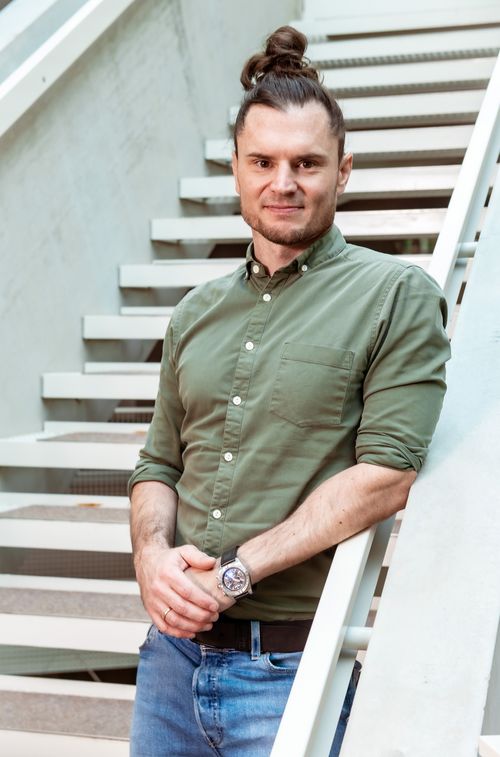Nächste LIT Antrittsvorlesungen
| Agenda | |
|---|---|
Energy Transition - Type and Magnitude of the (real) Challenges | |
| Vortragende | Univ.-Prof. Dr. Johannes Reichl |
| LIT / Institut | LIT Future Energy Lab |
| The rise of Artificial Intelligence in Life Sciences | |
| Vortragende | Univ.-Prof. Dr. Günter Klambauer |
| LIT / Institut | LIT Artificial Intelligence Lab |
| Agenda | Vortragende | LIT / Institut |
Energy Transition - Type and Magnitude of the (real) Challenges | Univ.-Prof. Dr. Johannes Reichl | LIT Future Energy Lab |
| The rise of Artificial Intelligence in Life Sciences | Univ.-Prof. Dr. Günter Klambauer | LIT Artificial Intelligence Lab |
Diese Veranstaltung findet in englischer Sprache statt.
LIT Antrittsvorlesungen
Datum
4. Juni 2024
Uhrzeit
16.30 Uhr
Adresse
Johannes Kepler Universität Linz
Altenberger Straße 69
4040 Linz
Standort
Uni-Center, Festsaal A
The Energy Transition - Type and Magnitude of the (real) Challenges
Energy transition and climate change are issues of universal concern. The goals of reducing greenhouse gases and achieving rapid independence from fossil fuels and their suppliers are the subject of almost daily political debate. The challenges to achieving these goals are both timely and substantial, and are often reduced in public and media discourse to a few oversimplified calls to action for policymakers. This presentation presents some of the most relevant challenges beyond those raised in the public debate, assesses their quantitative importance for the energy and climate transition, and outlines possible paths forward.
Univ.-Prof. Dr. Johannes Reichl, LIT Future Energy Lab

The rise of Artificial Intelligence In Life Sciences
Over the last decade, Artificial Intelligence and Deep Learning methods have paved their way into all kinds of computational task in Life Science. One of the prominent success was AlphaFold, a method that solve a decade-old problem to predict the 3D structure of a protein based on the sequence of amino acids. This lecture will intuitively explain the basis of Deep Learning methods at the example of the large language model ChatGPT, including concepts such as input and context, a computational model, and training data or text corpus. We then dive into how this basis can be used in Life Sciences, for example to predict properties of molecules, suggest diagnoses on medical images, or speed up drug discovery. As we peer into the future, the lecture concludes by offering insights into the evolving landscape of AI methods within Life Sciences, hinting at the promising horizons awaiting exploration and innovation.
Univ.-Prof. Dr. Günter Klambauer, LIT AI Lab
 ©credit: JKU
©credit: JKU
-
Antrittsvorlesungen 2022
Mehr Info
-
Antrittsvorlesungen 2020
Mehr Info
-
Antrittsvorlesungen 2018
Mehr Info
 Zur JKU Startseite
Zur JKU Startseite


